
In Touch Introduces Penelope Case Management System
We are pleased to announce that our Penelope Case Management system is now LIVE.
In Touch Volunteer
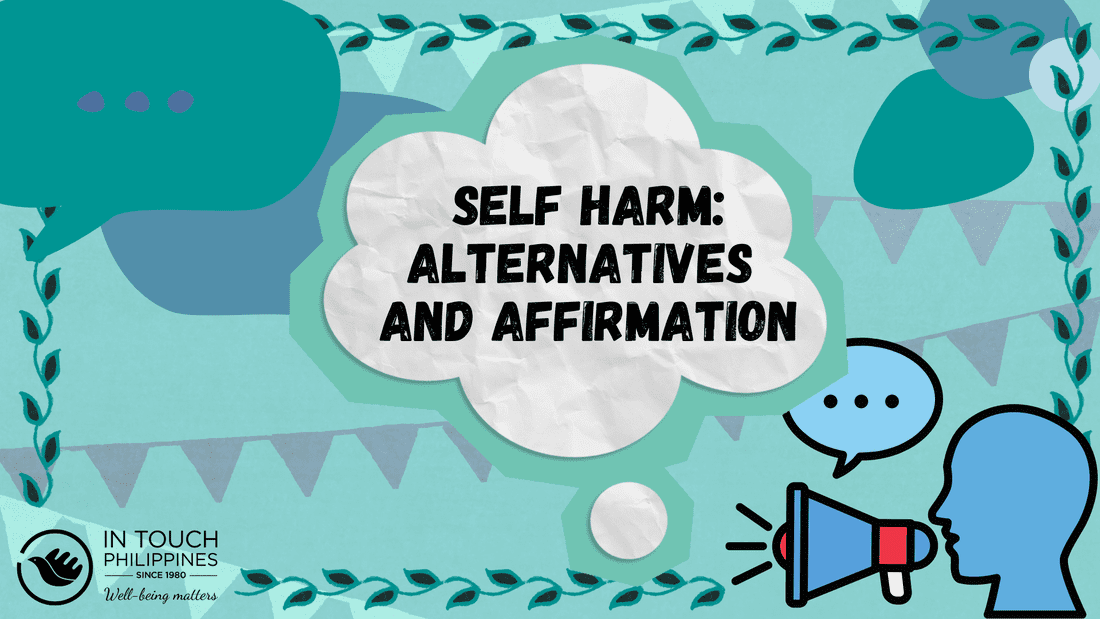
The quarantine keeps extending in the hopes of reducing the number of COVID-19 cases here in the Philippines. However, it is taking a toll on our mental health, especially for the youth. While we have different coping strategies to adapt to the “new normal,” sometimes other people take extreme measures to deal with stressful events, such as injuring themselves. But ever since the pandemic began, there are anticipations of rising self-harming cases.
Self-harm is the act of intentionally causing pain and damage to oneself. The typical methods of self-harm involve cutting a body part with a sharp object (e.g., blade), burning of flesh, hair-pulling, hitting oneself, crushing bones, object insertion into skin, delaying the healing of injury, or suffocating self.
Self-harm is more common than you think, especially for Filipinos aged 15-24 years old. However, talks about mental health issues are still taboo here in the Philippines, and topics on self-harm are no different, making it seem rare in the country. And, although not all self-harm had intentions to die, it cannot be ignored since this may still lead to suicide or death.
It may seem to injure oneself is the only option but there are other ways you can cope during this pandemic. If you are seeking safe and healthy substitutes for self-harm, look no further. In Touch Family has your back.
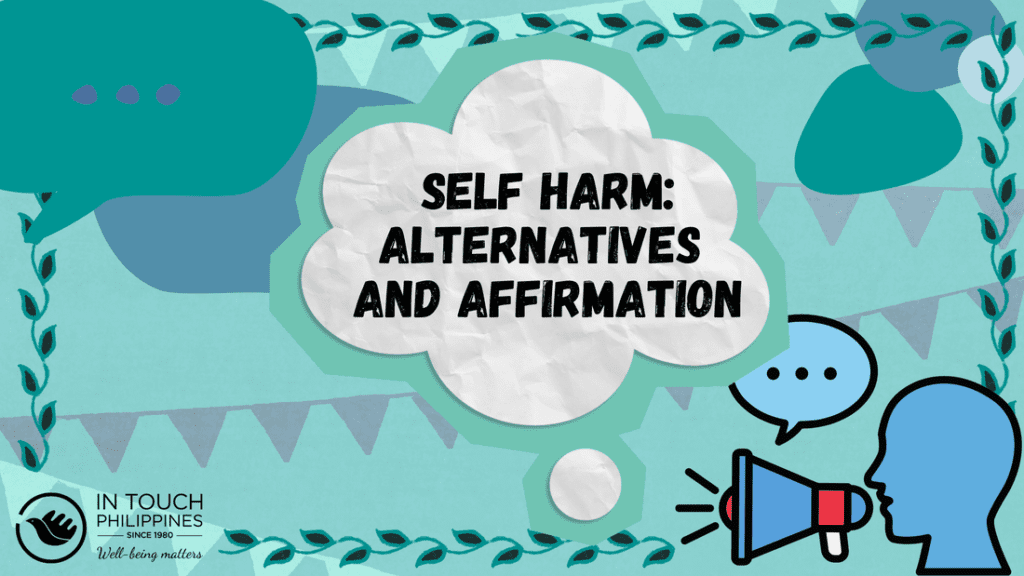

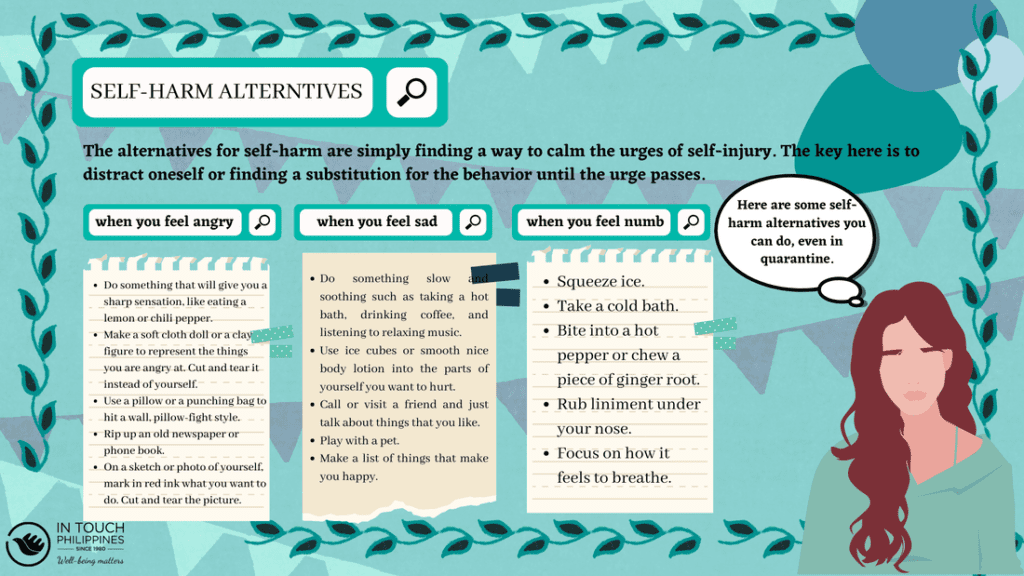
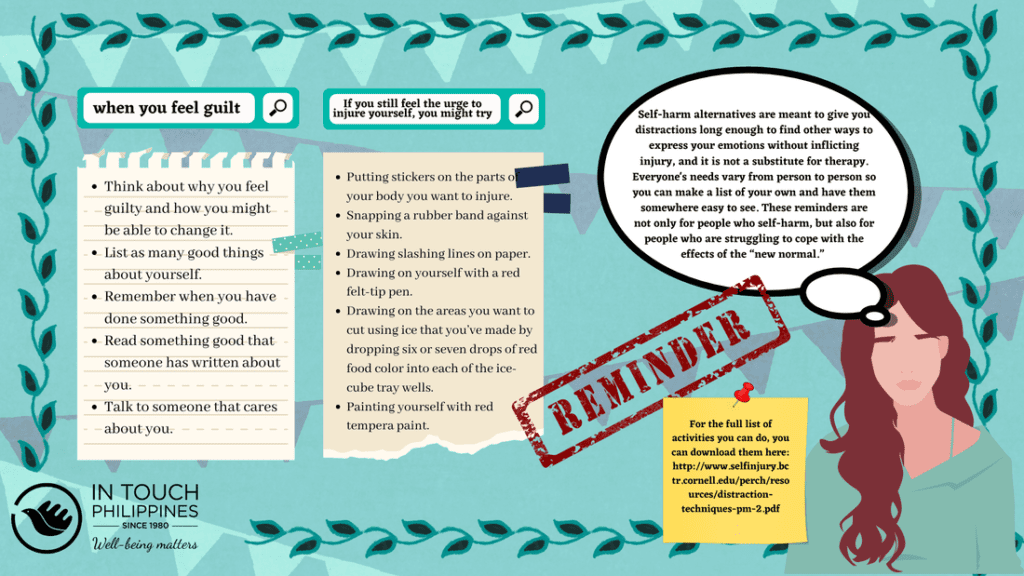
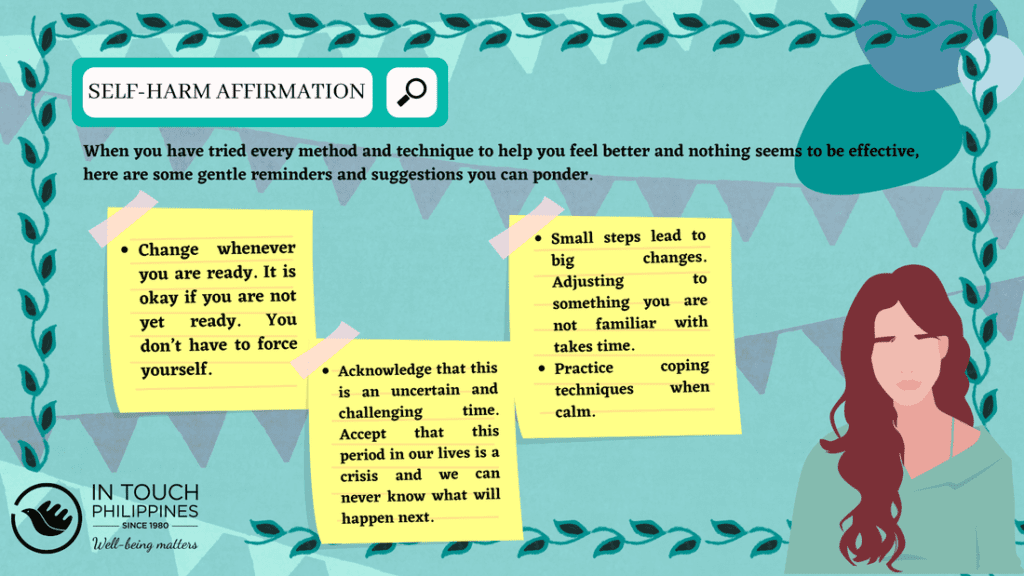
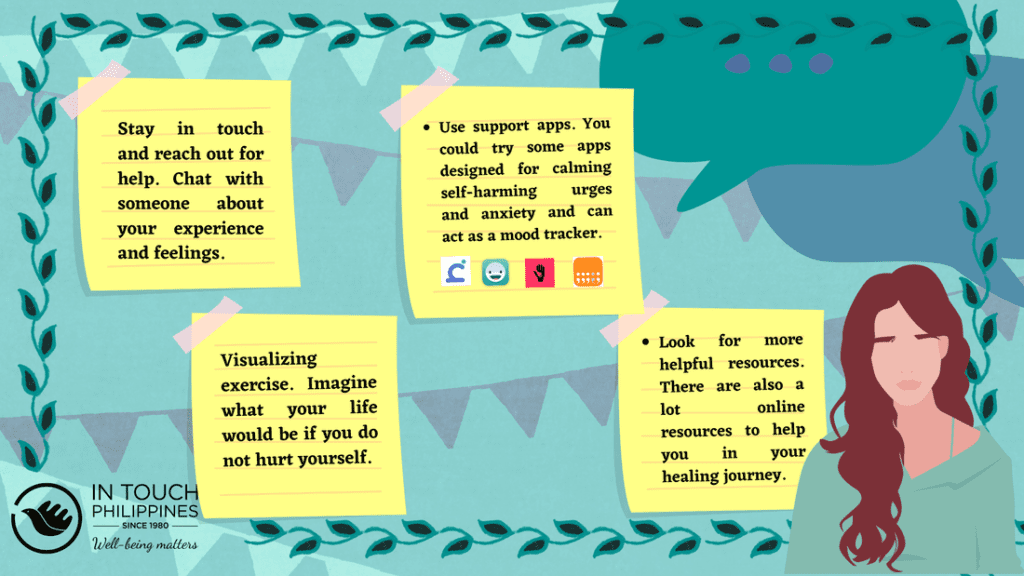
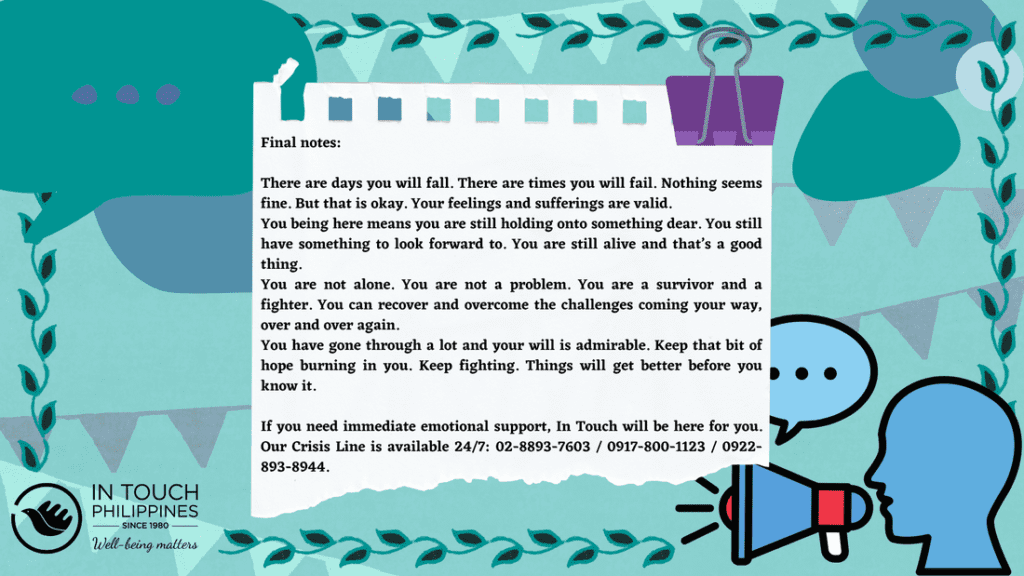
References:
1) FAIR Health, Inc. (2021, March). The Impact of COVID-19 on Pediatric Mental Health. https://s3.amazonaws.com/media2.fairhealth.org/whitepaper/asset/The%20Impact%20of%20COVID-19%20on%20Pediatric%20Mental%20Health%20-%20A%20Study%20of%20Private%20Healthcare%20Claims%20-%20A%20FAIR%20Health%20White%20Paper.pdf
2) John, A., Okolie, C., Eyles, E., Webb, R. T., Schmidt, L., McGuiness, L. A., Olorisade, B. K., Arensman, E., Hawton, K., Kapur, N., Moran, P., O’Connor, R. C., O’Neill, S., Higgins, J. P., & Gunnell, D. (2020). The impact of the COVID-19 pandemic on self-harm and suicidal behaviour: a living systematic review. F1000Research, 9, 1097. https://doi.org/10.12688/f1000research.25522.1
3) Self-harm | NAMI: National Alliance on Mental Illness. (n.d.). National Alliance on Mental Illness (NAMI). https://www.nami.org/About-Mental-Illness/Common-with-Mental-Illness/Self-harm
4) The Recovery Village, Kopf, J., & Patterson, E. (2021b, April 14). Self-Harm. The Recovery Village Drug and Alcohol Rehab. https://www.therecoveryvillage.com/mental-health/self-harm/
5) Redaniel, M. T., Lebanan-Dalida, M. A., & Gunnell, D. (2011). Suicide in the Philippines: time trend analysis (1974–2005) and literature review. BMC Public Health, 11(1). https://doi.org/10.1186/1471-2458-11-536
Graphics by: Allana Acosta

We are pleased to announce that our Penelope Case Management system is now LIVE.

In Touch has specially designed the training to ensure takeaways included learning different tools that will help trainees provide a safe space for people to work out their stressors and learn the benefits of workplace counseling.

Kindly be advised that In Touch Community Services will be operating at a limited capacity during the holiday season (December 18 – January 1).

Keeping In Touch: (from left) In Touch Head of Psychological Services Unit Dr. Julian Montano, Mental Health Services Lead Myrtle Almando, US Embassy Medical Unit rep Mimi Thein, US EMU Regional Medical Officer Psychiatrist Andrea Ross, In Touch Executive Director Mike Calleja, In Touch Foreign Liaison Program relationship managers Marielle Mikkelsen and Daisy Pope-Brien.
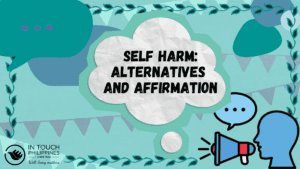
It may seem to injure oneself is the only option but there are other ways you can cope during this pandemic.

For any immediate or in-the-moment emotional support, call our 24/7 CRISIS LINE. Our professionally trained responders are on standby to assist you.